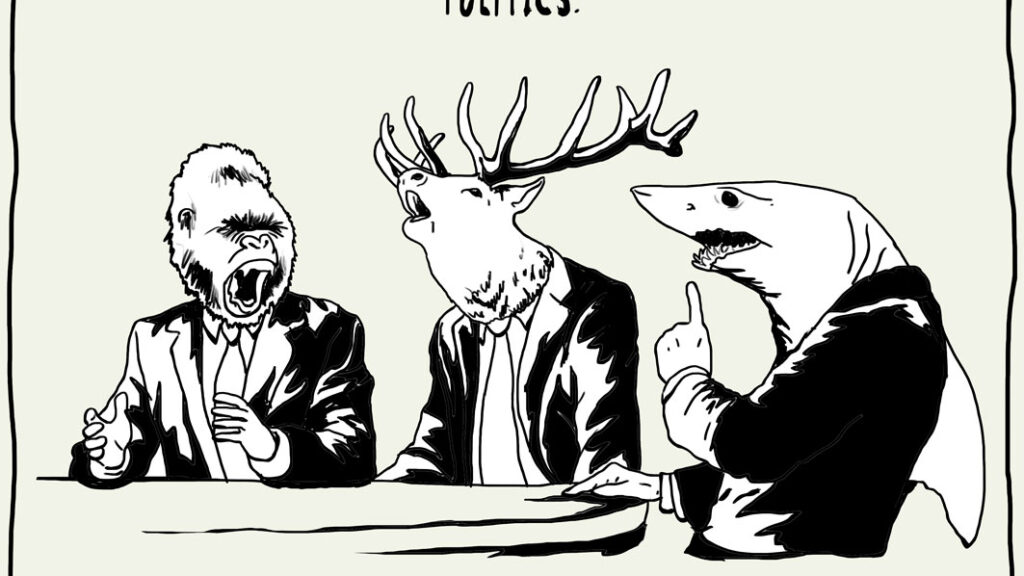
January 31, 2022 • Brooke Siem
Debunking the Chemical Imbalance Theory, Part III
This is the third installment of an ongoing series debunking the chemical imbalance theory of depression. Part I examines the history of the theory while Part II examines its fatal flaws. Part III looks at the history of pharmaceutical advertising.
Antidepressants are a $26.25 billion dollar industry. If the industry as a whole was a person, it would be the 66th wealthiest individual on the planet. Zoloft, Lexapro, Xanax, Wellbutrin, Celexa, Prozac, Klonopin, Effexor, and Cymbalta all crack the top 50 most prescribed drugs in the United States, with Zoloft taking the 14th spot.
Pharmaceutical companies are also publicly traded, which means they’re incentivized to maximize profits for shareholders. And how do companies make more money? By increasing sales. And how do companies increase sales? Through advertising.
Medicine and prescription drugs are no exception. Prescription drugs, in this country, are a business. Full stop. The United States is one of only two countries in the world (New Zealand is the other) that allows direct-to-consumer (DTC) advertisement of pharmaceutical drugs. We simply cannot examine the rise of antidepressant use and the push behind the chemical imbalance theory without considering profit. As the saying goes, if you want the truth, follow the money.

At the turn of the 20th century, medications were classified either as “ethical drugs” listed by the American Medical Association (AMA) or “patent medications” that were mostly water with a little bit of alcohol, opium, or other mysterious ingredients thrown in. These patent medications were allowed to be advertised without regulation (and were therefore filled with false claims), yet they accounted for nearly half of newspaper revenue in the early 1900s.
In 1914 that The Federal Trade Commission (FTC) was created to crack down on false advertisements. Strangely, drug ads in medical journals were exempt from regulation. It wasn’t until 1938, after 105 people died from a drug that included antifreeze, that the FDA ruled that drugs have to be proven safe before marketing. But they also put the burden of determining whether or not the drug was safe on the drug manufacturer, rather than a third party.
It wasn’t until 1969, a few years after 10,000 babies were born with birth defects as a direct result of thalidomide poisoning from a drug used to treat morning sickness in pregnant women, that the FDA began to require that manufacturers provide information on side effects, contraindications, and effectiveness in drug advertisements. At the time, the majority of drug ads were in medical journals or aimed at physicians. DTC advertising only began in the late 70s and early 80s, when pharmaceutical companies cut out the middle man and began aiming advertisements directly at consumers.
Though there was a brief moratorium on DTC advertising in 1983 after a well-advertised arthritis drug made by Eli Lilly was pulled off the market due to adverse drug effects, the FDA declared in 1985 that drugs could be advertised directly to consumers as long as they met the same criteria as drugs advertised to physicians. All those side effects, contraindications, and risks needed to be included in the DTC ad. This declaration made it difficult to advertise on TV and radio because verbally listing all the side effects simply took up too much air time, so advertising shifted to print media, where disclaimers in small print could flourish.
The 1990s ushered in the advertising era of “lifestyle” drugs for everything from erectile dysfunction to baldness to, you guessed it, depression. In 1997, with pressure from the pharmaceutical industry, the FDA drafted official television-friendly guidelines for drug advertisements (cue the speedy, may-cause-side-effects voiceover.) In the year after these regulations were drafted, DTC drug advertisement spending doubled from $1.1 billion in 1998 to $2.24 billion in 1999. By 2000, every $1 spent in drug advertising resulted in $4.20 in retail drug sales.
In 2015, the American Medical Association called for a complete ban on DTC drug advertisement due to anti-competitive behavior that allowed drug companies to manipulate drug prices for profit and then advertise the benefits of their inflated drugs to consumers. But the push to end DTC advertisements was shot down thanks to powerful drug lobbyists claiming that DTC advertisements provide patients with valuable information about their health and treatment options. By 2017, 72% of commercial breaks during the CBS Evening News contained drug ads.
In the next installment, I’ll examine how the advertising market has enabled pharmaceutical companies to prey on consumers by relying on the chemical imbalance theory as an easy explanation for depression.

Need a little giggle? Order one of my Fuckit Buckets™.
Look, we know that life is a special sort of disaster right now. Your closet is your office, the kids are still at home, and still your mother-law is calling you fat again. Let this little charm be a reminder that sometimes you have to chuck it in the Fuckit Bucket™ and move on!
After 15 years of depression and antidepressants, my mission is to help people find hope in the name of healing. My memoir on the subject, MAY CAUSE SIDE EFFECTS, publishes on May 10, 2022. Pre-order it on Barnes & Nobles, Amazon, or wherever books are sold. For the most up-to-date announcements, subscribe to my newsletter HAPPINESS IS A SKILL.
Coming September 6, 2022
May Cause Side Effects
Brooke’s memoir is now available for preorder wherever books are sold.
This is a heart-rending and tender memoir that will start conversations we urgently need to have. It’s moving and important.
Johann Hari, author of New York Times bestseller Chasing the Scream and international bestseller Lost Connections: Uncovering the Real Causes of Depression—and the Unexpected Solutions
More articles from the blog
see all articles
October 28, 2022


